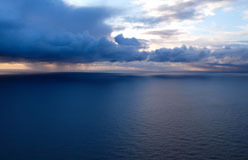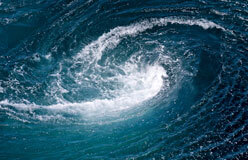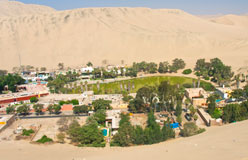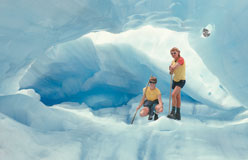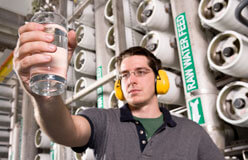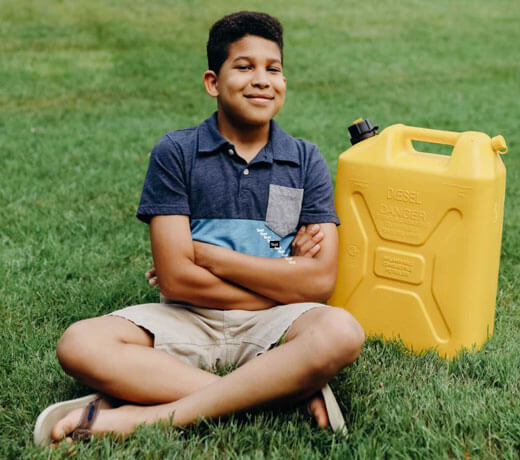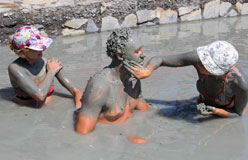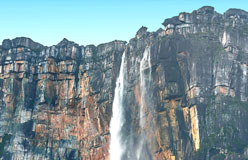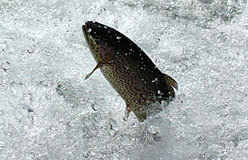All life on Earth depends on water. But what if there’s not enough water, such as in a desert? Or what if the water is supersalty, superhot, or superoily?
Extreme water conditions call for extreme ways of survival. Some animals can handle a serious lack of water. If a water hole dries up, a lungfish can survive because it has lungs (organs for breathing oxygen in air) along with gills (organs for breathing oxygen in water).
Some of the toughest life-forms on Earth live in water extremes.
